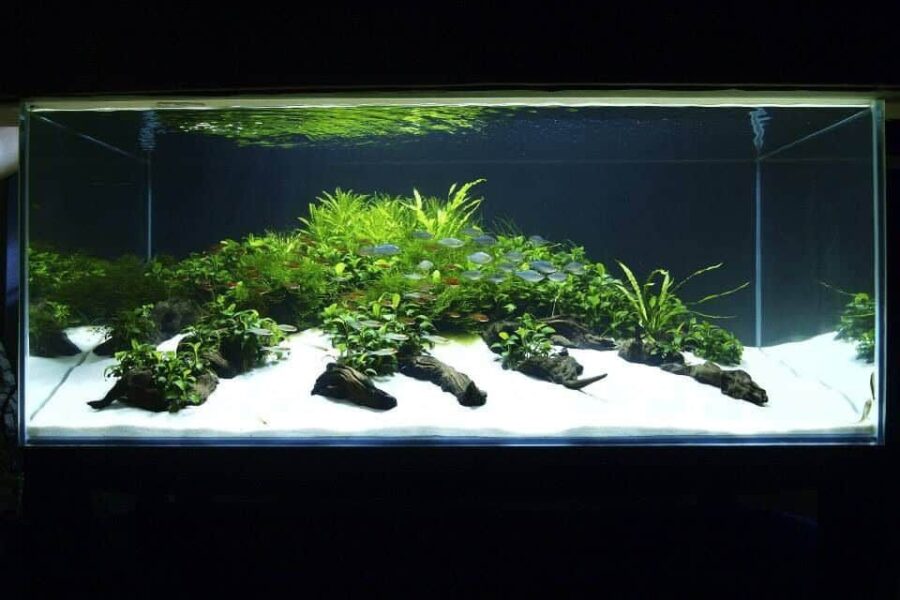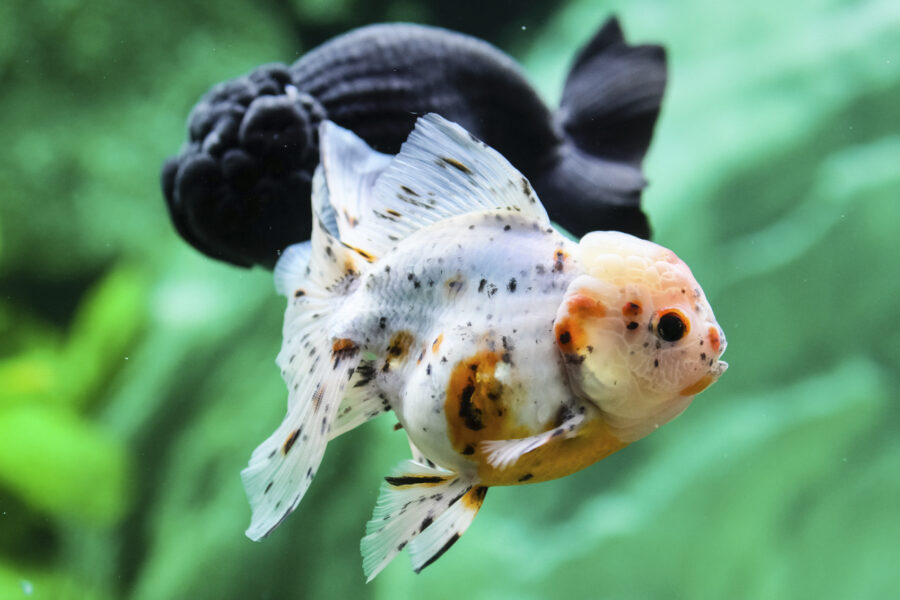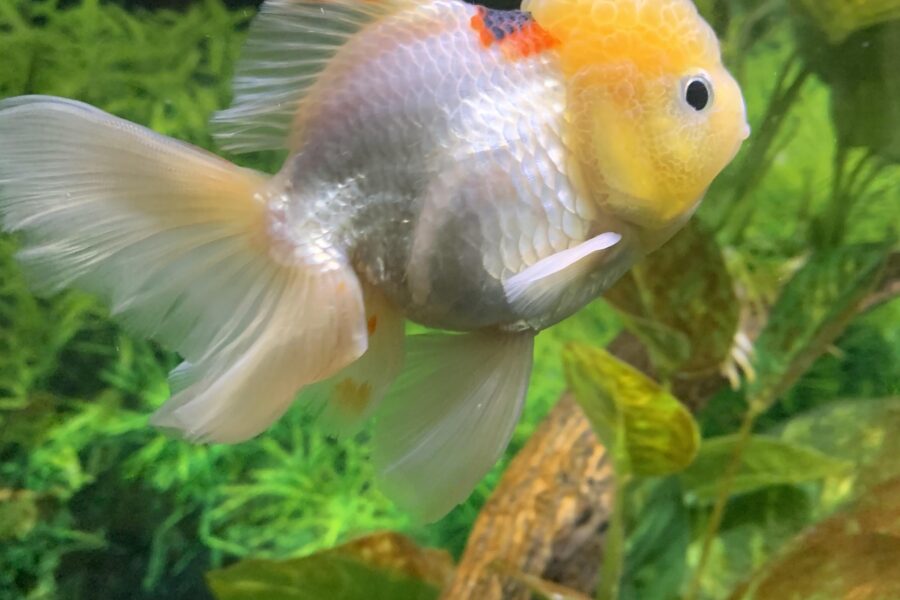
Got an ‘itch’ for the perfect ich treatment for planted tanks? Well, you’ve swum to the right place! As proud owners of aquatic greenery, we understand how much your underwater jungle means to you. And hey, those gorgeous guppies and radiant rasboras aren’t just pretty faces, they’re part of the family, right?
So, let’s dive into the world of ich treatment together. We’ll navigate these tricky waters in an easy-to-read, light-hearted manner that even our fishy friends would approve of. Ready to get those plants blooming and those fish zooming? Let’s dive in, shall we?
Understanding Ich

Before you dive headfirst into the deep, murky waters of ick treatment, you need to understand your enemy. Yes, my aquarist friends, knowledge is power.
What is Ich?
Ich, scientifically known as Ichthyophthirius multifiliis, is a crafty little parasite. Picture microscopic vampires, invisible to the naked eye, yet wreaking havoc in your beloved aquariums. These aquatic Draculas latch onto your fish, feeding on their skin and gills. As they grow and mature, they cause those notorious white spots we dread. So there you have it, folks! In one corner of your tank, you have your colorful aquatic fellas. And in the other, the unseen, nasty ich.
Symptoms of Ich In Aquarium Fish
Ich doesn’t mess about. It’s like that annoying party crasher you didn’t invite but shows up anyway. Before you know it, your fish are scratching against objects, showing white spots, gasping for breath, and generally looking like they’d rather be elsewhere – like a fish nightclub or something.
Ich can bring out a medley of symptoms in fish, something we’ll delve into later. But remember, catching it early increases the chances of your slimy friends dancing, err, swimming back to health.
Stick around folks; up next, we’ll delve into the impact of Ich on your well-tended planted tanks. If our fishy friends could read, they’d thank you for this!
The Impact of Ich on Planted Tanks
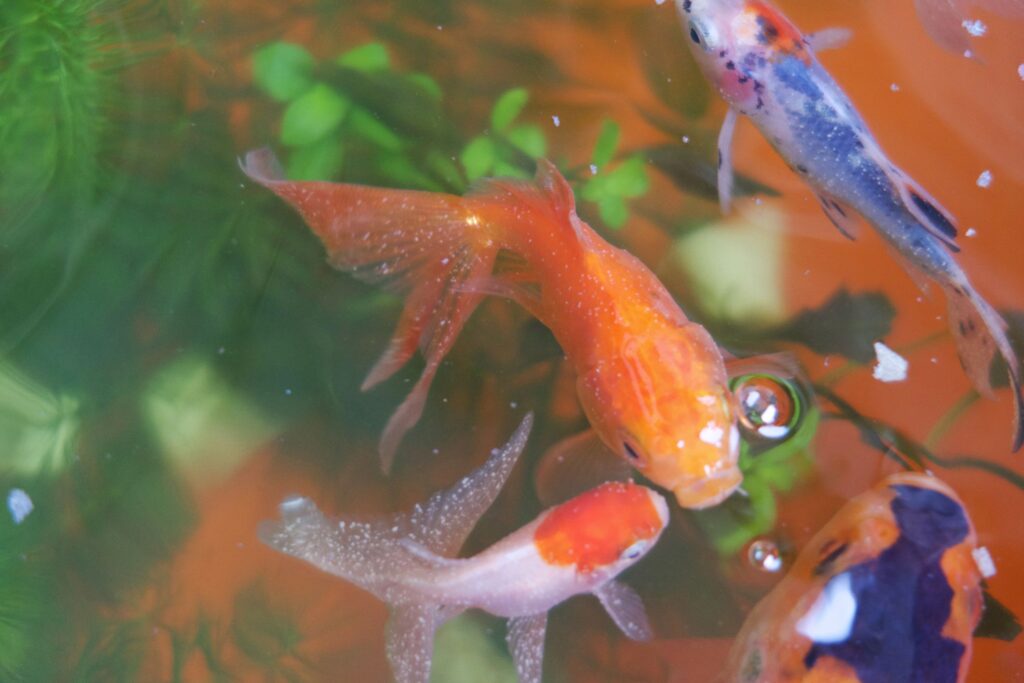
A little uninvited guest known as Ich can cause severe anxiety, not only for your aquatic pals but also for those green beauties in your tank. Let’s dive deeper, no pun intended, and see how this plays out.
How Ich Affects Fish and Plants
The tale of ich starts innocently. Our microscopic villain sticks to fish skin, causing them to scratch tirelessly. It even does a little gardening, disrupting your neatly planted underwater Eden. Your little fish friends become stressed, not the relaxing aquatic retreat you dreamt of, right?
Furthermore, the parasite with its nasty attitude, can compromise the overall health of your fish. This can lead to lowered immunity, slower growth, and overall unhappiness in your finned crew.
The Risk of Untreated Ich
Leaving ich untreated is like leaving a ticking time bomb in your tank. It gets worse. The pesky parasite multiplies creating a snowball effect. Your scaly mates become more vulnerable and, yes, it could lead to death. That serene aquatic vista now feels more like a thriller. Not cool, Ich. Not cool.
Now that we have a grasp on the impact of our nasty little visitor, it’s time we consider some ways to evict them permanently. Let’s anchor into discussing the different treatments available for that underwater itch, known as Ich.
Different Treatments for Ich

Ever had to choose between ice cream and cake and felt overwhelmed? Finding the right treatment for Ich can be just as difficult. But fret not, because we’ve got both the scoop and the slice on the best ways to tackle this pesky parasite! There are two main courses of action you can trundle down – chemical treatments and non-chemical treatments.
Chemical Treatments
Chemical treatments are like the superheroes of the Ich world. They charge into battle, powers blaring, and wipe out the enemy in no time. With them come several Ich-specific medications, like Ich X or copper sulphate, known to be highly effective. But remember, they can be harmful to some fish and plants due to their potent nature. So yes; strong but sometimes too strong, like that extra-hot salsa that blew your socks off last weekend.
Non-Chemical Treatments
Non-chemical treatments are the more gentle, holistic healers. They’re like yoga for your aquarium – achieving results, but at a calm, leisurely pace. Methods such as increasing water temperature or adding aquarium salt help disrupt the Ich lifecycle without harsh chemicals. These treatments are like soothing aloe vera on an angry sunburn, less harmful to your aquatic plants and comfortable for your fish.
Well, that was a whirlwind of treatment options, wasn’t it? As diverse as a grand buffet at a Vegas casino, there’s a choice to satisfy everyone. But every tank is unique, just like you and me. So how do we choose the best treatment for our particular situation? That’s exactly what we’ll dive into next – so stay tuned!
Choosing the Best Ich Treatment for Your Planted Tank
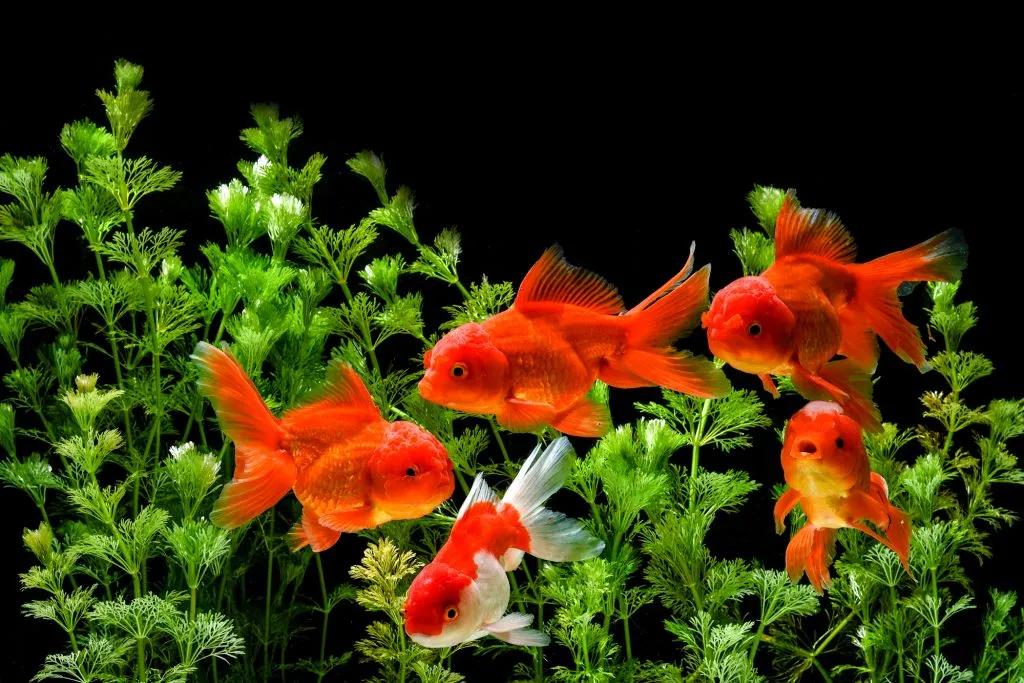
Pop quiz time! What do you get when you cross an ich-infected fish with a healthy planted tank? Wait for it… a heartbreaking mess. Ich doesn’t only upset your fish, but it also puts your plants in distress. Just like choosing a life partner, or deciding between having an extra slice of pizza or a salad, picking the right ich treatment requires careful consideration.
Factors to Consider
So, what should you consider when choosing a treatment? Let’s take a roll call. First, consider the size of your tank. Large tanks may require more product, or a longer duration of treatment. Second, think about the type of plants and fish you have. Some are sensitive to certain treatments. Last but not least, consider the severity of the infection. More severe cases may require more aggressive treatments.
Alright, roadmap acquired! Now, let’s venture into the wild and compare some popular treatments.
Comparison of Popular Ich Treatments for Planted Tanks
Ever stood in the aisle of a pet store, staring at a shelf full of ich treatments, feeling like you just landed on an alien planet? You’re not alone. But have no fear, your trusty guide is here.
There’s the go-to favorite, malachite green. It’s like your mom’s vintage sweater, reliable and never fails. Perfect for most tanks and plants, but some sensitive species might not appreciate it. Next we have copper treatments, the tough ‘bad boys’ of the ich world. They act fast, but can be harsh on some plants and invertebrates.
Then, we have the newbie on the street, the herbal natural treatment. It’s like a soy latte, all natural and gentle, perfect for those eco-friendly tanks with sensitive plants.
However, the real crowd-pleaser is heat treatment. It’s like enjoying a hot summer afternoon, minus the sunburn. It accelerates the life cycle of ich, helping your fish fight back without harming your plants.
Time to bid farewell to this section and meet me at the final stop. Get ready to dive into the world of ich prevention.
How to Prevent Ich in the Future
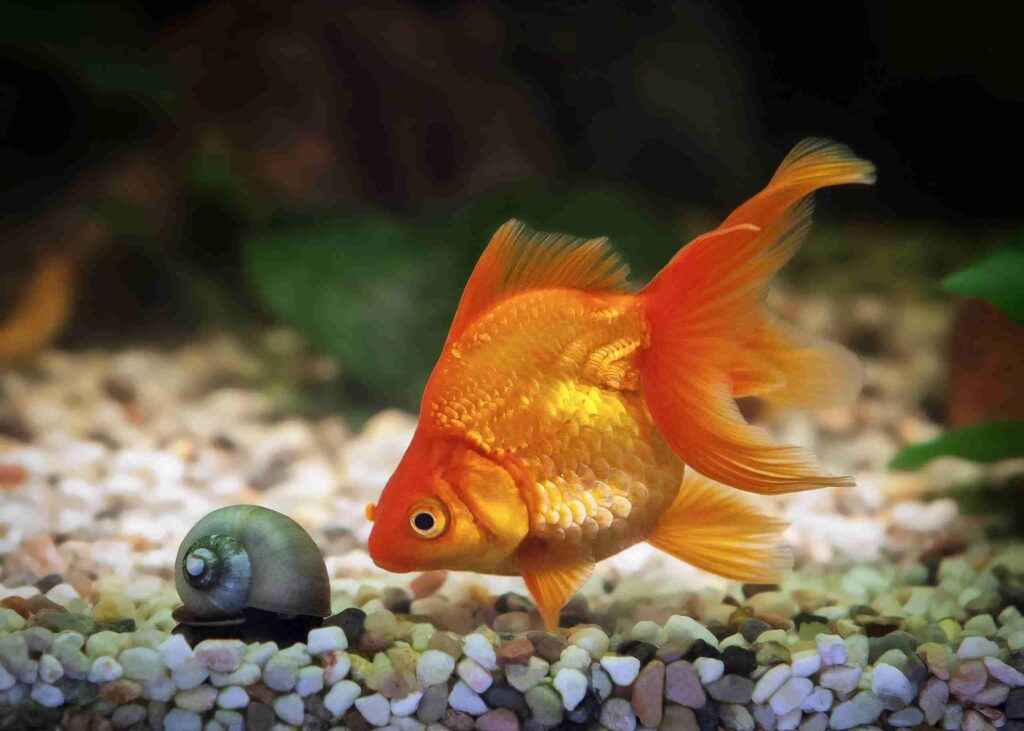
Like the old saying goes, “an ounce of prevention is worth a pound of cure.” It’s especially true with ich. Let’s dive into our prevention methods.
Regular Maintenance Practices
Keeping your fishes happy is easier than treating them. Maintaining a steady temperature and pH level is important. Clean water is less stressful for fish and healthy fish are less susceptible to disease. Therefore, regular water changes and filter maintenance should be your best friends.
Did you know that dirty substrate can invite ich? True story. A weekly vacuum will help keep it under control. Sterilized decor items also decrease the risk.
So you’re doing all this, then BANG! Ich party in your tank. (It can happen to the best of us.) A quarantine tank could be your knight in shining armor. Before adding new fish, let them hang out in a separate tank for a while. Doing this means no surprise guests hitching a ride into your main tank.
Well, since we’re on the subject of prevention methods, let’s talk about early detection.
Knowing the Signs and Acting Fast
Ich is that rude uninvited guest at your party. The quicker you kick it out, the better the rest of the party will be. Therefore, keep an eye out for the signs. When your fish look like they need a good scratch or they aren’t eating, ich could be visiting.
So what to do? Act quickly. Remember, the faster you treat your fish, the better their recovery will be.
Let’s speak plainly, friends. The key to control ich is being alert and acting promptly. Proper maintenance and early detection will have your fish partying, ich-free, in no time.
That sums up our guide on how to keep our rivers in a tank ich-free. Now you know that preventing ich is more than possible – it’s manageable and, dare we say, even a little bit fun. Well, as fun as cleaning a fish tank can be. It’s all in a day’s work when you’re an aquarist. Keep those sleeves rolled up, and may your fishes swim happily in clean, ich-free waters.
Wrap Up
Knowledge of ich, its symptoms, and impacts are essential for any aquarium enthusiast. By understanding how ich affects your fish and plants, you’re already a step ahead in maintaining your underwater ecosystem’s health. Untreated ich poses risks that could lead to severe consequences, making prompt and effective treatment a necessity.
Various treatments, both chemical and non-chemical, can be used to combat ich. Choosing what’s best for your aquatic setup involves careful consideration and comparison of available treatments. Preventing future ich infestations relies on regular tank maintenance and speedy responses at the first signs of trouble. With these tips, you can help ensure a happier, healthier aquarium for your finned friends.
Frequently Asked Questions (FAQ)
Question: What exactly is Ich?
Answer: Ich, also known as ‘Ichthyophthirius multifiliis,’ is a common disease that affects aquarium fish. It shows up as tiny white spots on the fish’s body and can be fatal if not treated.
Question: How does Ich impact my planted tank?
Answer: Ich mainly harms the fish in your tank, causing them stress and potentially leading to death. The disease doesn’t directly affect the plants, but a sick fish population can disrupt the overall balance of the aquarium.
Question: Are chemical treatments safe for my planted tank?
Answer: It depends on the specific treatment. Some chemicals can harm your aquatic plants or beneficial bacteria. Always read the product information carefully and choose products designed to be safe for planted tanks.
Question: How can I prevent Ich from returning?
Answer: Regularly checking the health of your fish and maintaining optimal water conditions in your tank can prevent Ich. If a fish shows signs of Ich, quarantining it and treating the entire tank immediately can prevent further spread.
Question: What factors should I consider when selecting Ich treatment?
Answer: Consider factors like the severity of the Ich infection, the type of fish and plants in your tank, and your budget. It’s also essential to consider the impact of the treatment on the overall health of your tank ecosystem.

